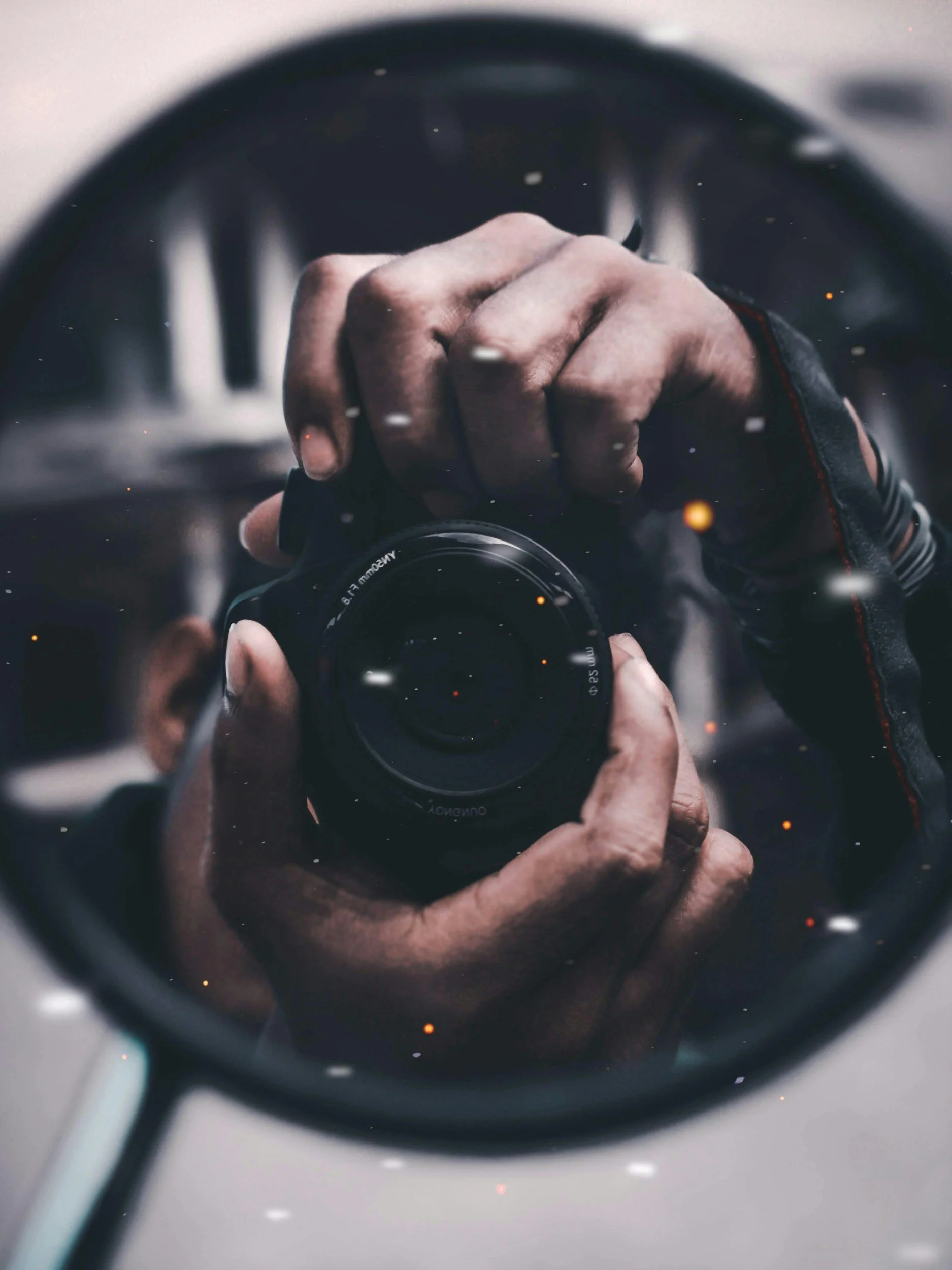What is Negative Space in Photography? An Essential Guide from Hawk Media Services
Photography is an art form of composition, light, and storytelling. While we often focus on the subject, the person, the product, or the action, there is a powerful, often overlooked element that can transform an image from good to great: negative space.
At Hawk Media Services, we understand that mastering negative space is a hallmark of a truly professional and artistic eye. As a dedicated commercial photographer and specialist in event photography, we know that what you leave out of the frame is just as important as what you include.
The Essence of 'Less is More'
Negative space, also known as 'white space ‘, in design, is simply the area around and between the main subject of your photograph. It’s the empty or unoccupied space that gives the primary subject, or 'positive space,' room to breathe. Think of a single tree silhouetted against a vast, empty sky, or a person standing alone on a long, empty road. In both cases, the sky and the road are the negative space. They aren't just empty; they are active components of the composition, working to define and emphasise the subject.
Why is this so important? In a world saturated with busy, cluttered visuals, negative space provides a sense of calm and simplicity. It allows the viewer's eye to rest and immediately understand the focal point of the image, preventing visual overload and creating a more powerful, direct message. It’s the art of using emptiness to create impact.
The Role of Negative Space in Commercial Photography
For a commercial photographer, negative space is a vital tool for communicating a brand's message. It can be used to convey a feeling of luxury, elegance, or sophistication.
Product Isolation: Imagine a high-end watch placed against a clean, minimalist background. The empty space around the watch draws all attention to its intricate details, making it appear more valuable and desirable. This technique is a staple in high-end product photography.
Creating a Mood: A professional commercial photographer can use negative space to set a specific tone. A wide, empty backdrop in a fashion shoot can create a sense of vastness and freedom, while a dark, shadowy background can add drama and mystery. This use of space can be just as effective in telling a story about a brand as the product itself.
Guiding the Eye: By placing a product or model off-centre within a large expanse of negative space, the photographer can create a powerful, asymmetrical composition. This often guides the viewer's eye on a specific path through the image, leading them directly to the key elements the brand wants to highlight.
Harnessing Negative Space in Event Photography
While commercial photographer work often involves a controlled environment, event photography presents a different challenge. Events are inherently chaotic and full of distracting elements, people, lights, decorations, and a flurry of activity. This is where negative space becomes a secret weapon.
Isolating Key Moments: In a crowded room, a skilled event photographer can use negative space to isolate a single, meaningful moment. This might be a candid portrait of a speaker, a quiet embrace at a wedding, or a dancer in mid-leap. By using a shallow depth of field to blur the busy background, the negative space is created, making the subject pop and preserving the emotional core of the moment.
Telling a Story of Scale: Negative space in event photography can be used to show the scale and grandeur of a venue. A shot of a person standing in a vast, ornate hall, with the expansive architecture serving as negative space, can convey the awe and atmosphere of the event in a single frame.
Creating a Sense of Intimacy: A well-composed photograph can use negative space to create a sense of privacy and intimacy, even in a public setting. By focusing on a single subject and using a simple, uncluttered background (like a blank wall or a patch of open sky), the image removes all distractions and focuses on the person's expression and emotion.
Practical Techniques for Using Negative Space
Look for Simple Backgrounds: Train your eye to find backgrounds that are uniform and uncluttered. This could be a clear sky, a plain wall, a body of water, or a field of grass. These simple backdrops naturally lend themselves to creating powerful negative space.
Master the Rule of Thirds: The rule of thirds is a powerful compositional tool that works together with negative space. By placing your subject along one of the grid lines or at an intersection, you create a dynamic composition with plenty of negative space.
Utilise Depth of Field: A shallow depth of field (using a low f-stop) can blur the background, effectively transforming a busy scene into a soft, out-of-focus backdrop that acts as negative space.
Play with Light and Shadow: A simple, high-contrast scene, a dark subject against a bright background or vice versa, can create stunning images with strong negative space.
At Hawk Media Services, we believe that understanding and applying these principles is what separates a snapshot from a work of art. Whether we’re helping a brand tell its story as a professional commercial photographer or capturing the fleeting, beautiful moments of an event as a specialist in event photography, negative space is always at the forefront of our creative process. It is a powerful reminder that sometimes, what you leave out is more important than what you put in.
To enquire about our photography services, contact Hawk today!


